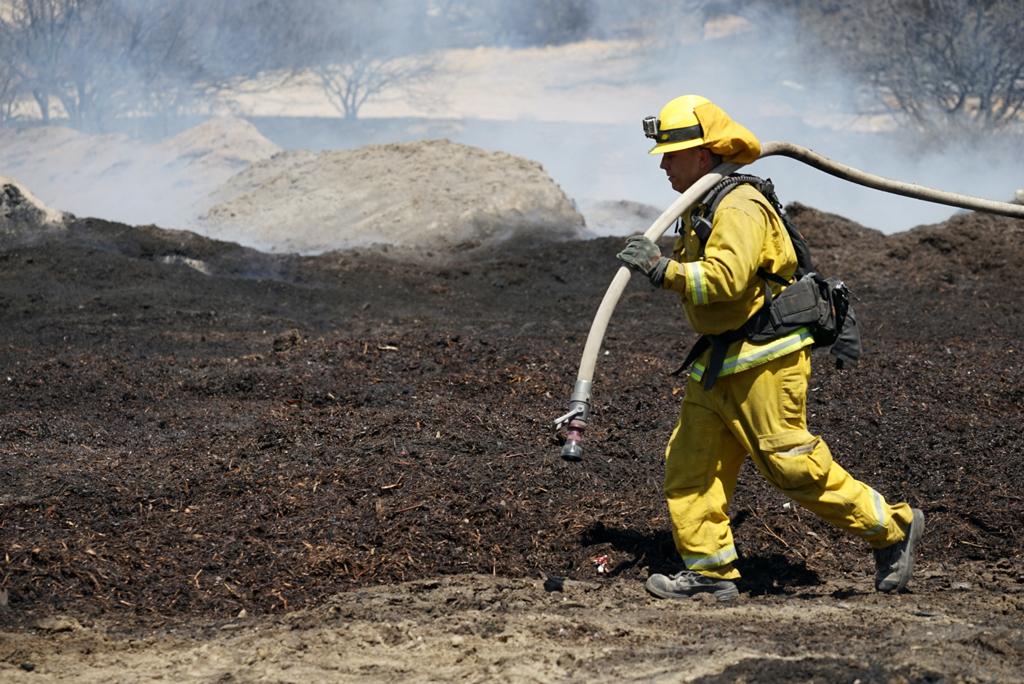PHELAN, Calif.—In the aftermath of a wildfire, somebody has to figure out exactly what burned. It’s painstaking and important work that helps evacuated residents know if they lost everything or have something waiting for them when they return home.
Officials estimate that at least 105 residences and 213 outbuildings have been destroyed in the massive fire that burned ferociously through Southern California mountain communities this week and was still smoldering Saturday.
Those numbers could rise as damage assessment teams pore through the aftermath of the blaze about 60 miles east of downtown Los Angeles, Fire Marshal Mike Horton of the San Bernardino County Fire Department said. Drought conditions in California have left plenty of fuel for wildfires.
The fire sparked Tuesday was 68 percent contained and firefighters who were on the offensive for days were finally transitioning to mop-up phase, officials said.
Operating from a mobile command center just south of the 58-square-mile blaze, Horton leads a team of 15 investigators, technicians, hazardous materials experts and others responsible for determining the extent and nature of the damages.
“We come in right on the heels of the fire,” Horton said. “Once it’s cool enough, we go parcel-by-parcel.”






